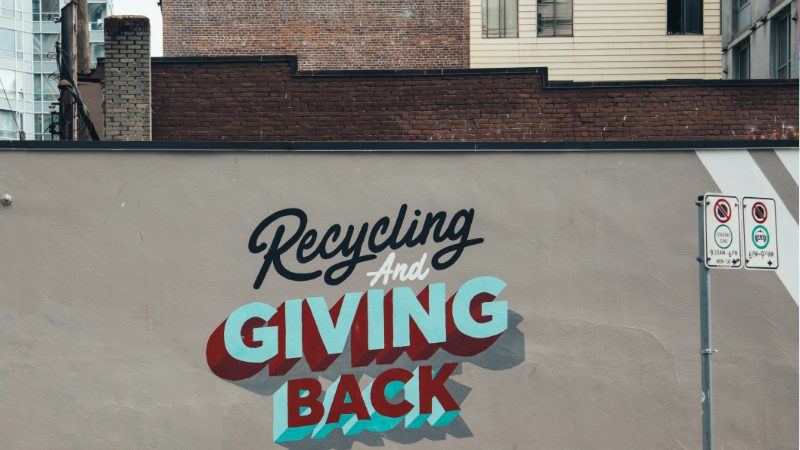Author: Tommaso De Santis (acib)
Despite being a promising technology, enzymatic plastic recycling is still in the development phase. This means that it is not yet clear whether this recycling method will have the required characteristics for effectively replace traditional mechanical methods or even complement them. In fact, in order to be successful on the market, a technology needs to be economically viable in the first place and secondly its environmental footprint needs to be significantly lower compared to the state-of-the-art. Techno-economic and life cycle assessments are the tools used both in academia and industry precisely to evaluate the performance of new technologies like the one we are developing at Enzycle.
Techno-economic analysis (TEA)
Revenues minus expenses equals profit. This is a fundamental equation that every for-profit business owner must know ad apply. And while the expenses of most small businesses are relatively easy to calculate, things get more complicated with sophisticated manufacturing processes. Understanding the economics in the case of Enzycle is particularly challenging because the technology merges two processes: the production of the plastic-degrading enzymes and the recycling process. Indeed, it was estimated that in order to run a medium-sized recycling facility 250 tons of enzyme will need to be produced per year. This is an enormous amount for a biotechnological process of this kind therefore new manufacturing solutions are required. Thankfully we can take advantage of specialized softwares that simplifies the process of calculating the costs and the profitability. Such softwares generates economic metrics based on the input inserted by the user and built-in formulas.
Life cycle analysis (LCA)
How much greenhouse gasses emissions are linked to my product? How much water and soil does my production plant consumes? What is the most environmentally impactful step in my process? These are all questions that can be answered by a life cycle analysis (LCA). As for TEAs, also for LCAs there are commercial as well as open source softwares that can help professionals to manage the complexity of this task. The most crucial component of an LCA software is the database that collects a vast amount of environmental data regarding thousands of raw materials. The more up to date and complete the database is, the more accurate the analysis will be. The LCA combined with the TEA allows to calculate the green premium which is defined as the additional cost of choosing a clean technology over one that emits a greater amount of greenhouse gases. Obviously the lower the premium is, the better. The green premium is a key metrics for transitioning to a carbon neutral future because it indicates how likely is that a clean technology is going to replace a high-emission one.
Where are we with enzymatic plastic recycling?
So far only one peer-reviewed TEA and LCA has been generated for the enzymatic recycling plastic recycling of PET 1 . The study predicted a potential unit cost for recycled Terephtalic Acid (TPA, building component of PET) of 1.93$/kg. This price is 134% higher than the one of virgin TA registered in Europe in March 2022 (0.82 $/kg) meaning that the green premium is very significant. However, given the high demand for sustainable packaging, many brands are willing to pay higher prices for rPET thus creating a parallel market that doesn’t follow the trends of vPET. Indeed, mechanically recycled PET is currently sold at 2.14 $/kg which means that enzymatic plastic recycling is potentially a viable solution. The US based study also estimated that the environmental impact of enzymatic TPA is 95% lower compared to its virgin counterpart. To conclude, Enzycle’s solution has the potential to become a disruptive technology given its appealing ecological and economic performance.
1 Singh, A. et al. Techno-economic, life-cycle, and socioeconomic impact analysis of enzymatic recycling of poly(ethylene terephthalate). Joule (2021) doi:10.1016/j.joule.2021.06.015.
